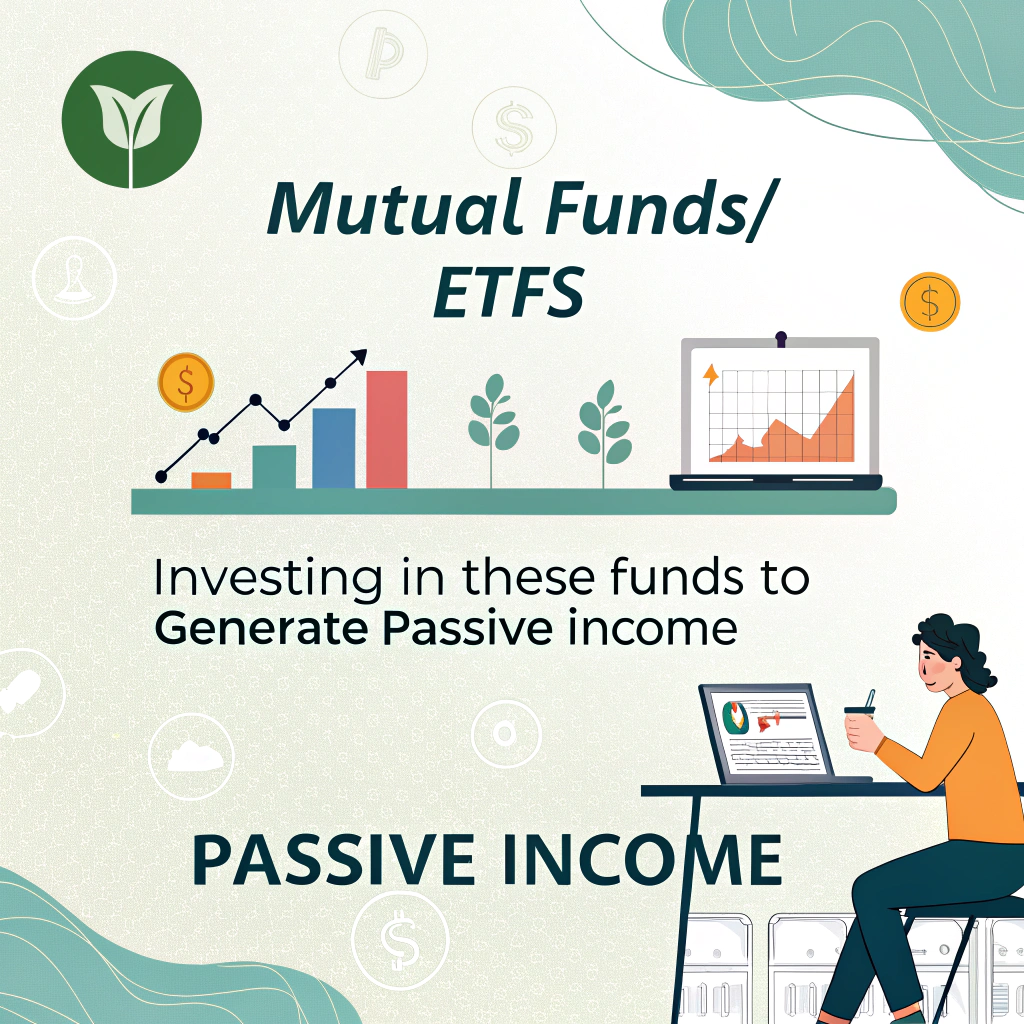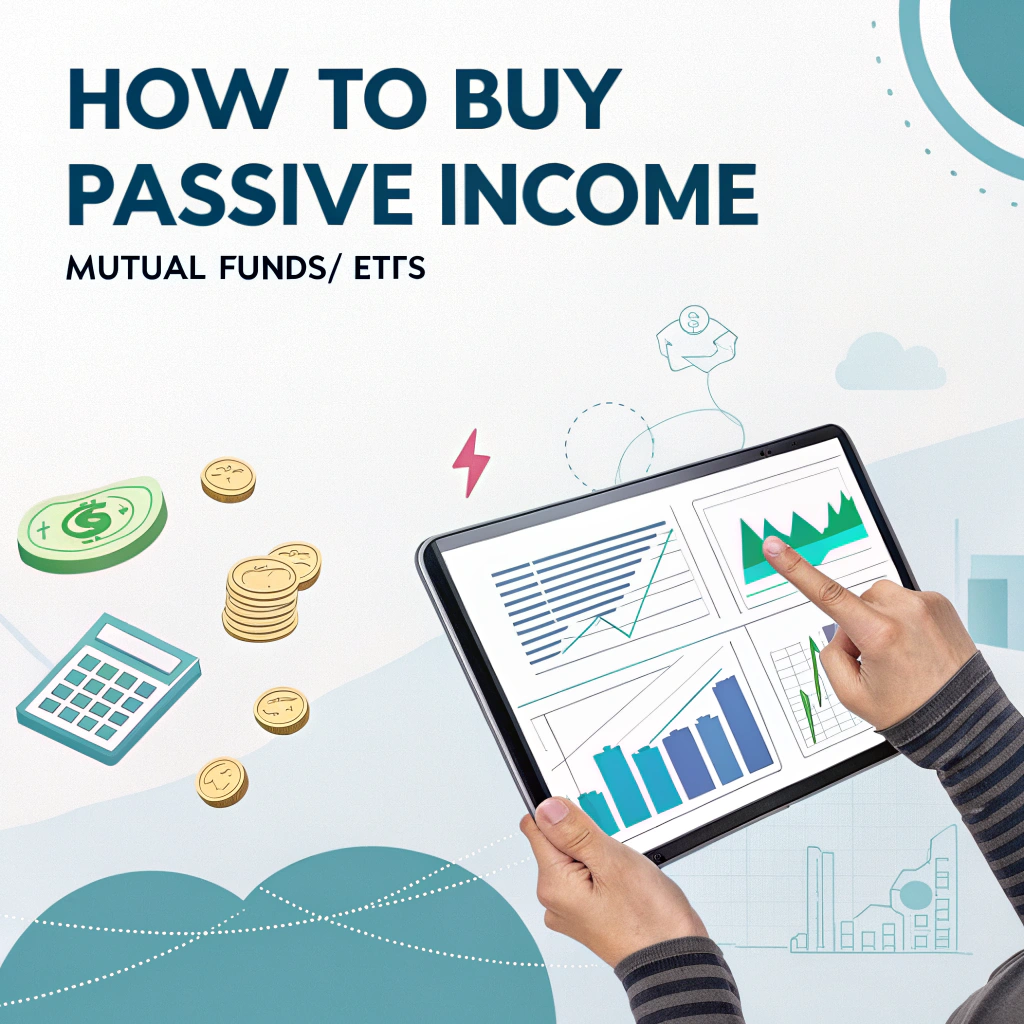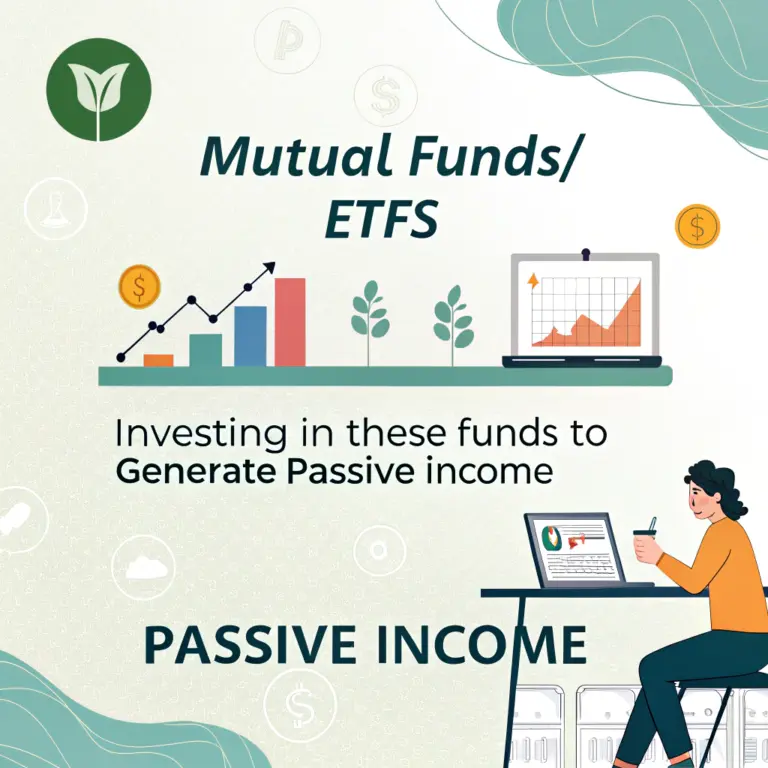
How to Buy Passive Income: Mutual Funds/ETFs
How to Buy Passive Income: Mutual Funds/ETFs
Investment managers pool money from many investors and use it to buy a diversified portfolio of stocks, bonds, or other assets. These funds are called mutual funds. Exchange-traded funds (ETFs) are similar to mutual funds, but they trade like stocks on an exchange and can be bought and sold throughout the day. Both mutual funds and ETFs offer a convenient way to invest in a diversified portfolio without having to research and buy individual stocks or bonds yourself.
Mutual funds and ETFs are often used to generate passive income. They are considered passive because the investment manager does not actively trade the assets in the fund, but rather buys and holds them for the long term. This approach is known as “buy and hold” and is often used to generate steady, passive income over time.
To buy mutual funds or ETFs, you will need to open an account with a brokerage firm or investment company. Some popular options include Vanguard, Fidelity, and Charles Schwab. These companies offer a wide range of mutual funds and ETFs to choose from, so you can easily find one that aligns with your investment goals and risk tolerance.
When choosing a fund, look for one with a low expense ratio, which is the annual fee charged by the fund to manage your investment. A lower expense ratio means more of your returns will go back to you as passive income. Also, consider the fund’s performance over the long term and its holdings. Some funds focus on dividend-paying stocks, while others invest in growth stocks or bonds.
Once you’ve chosen a fund, you can buy shares by providing your brokerage firm with the ticker symbol or fund name. You can also set up automatic investments, where a certain amount of money is deposited into the fund on a regular basis, such as monthly or quarterly. This is a great way to build your passive income stream over time without having to constantly monitor the market.
One example of a popular dividend-focused ETF is the Vanguard High Dividend Yield ETF (VYM). This fund invests in stocks with a history of




